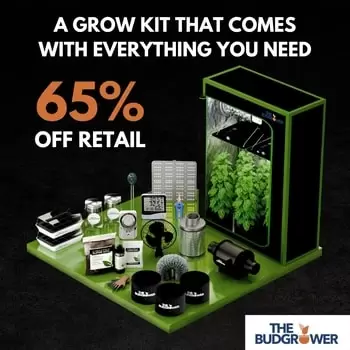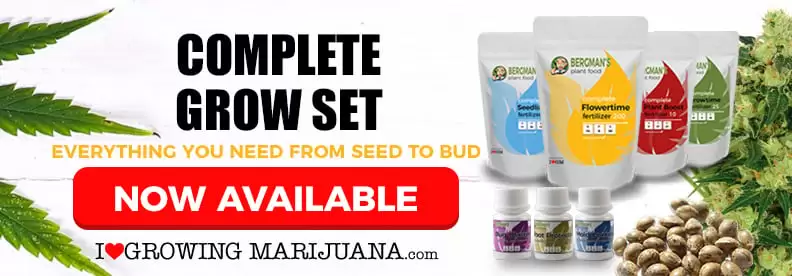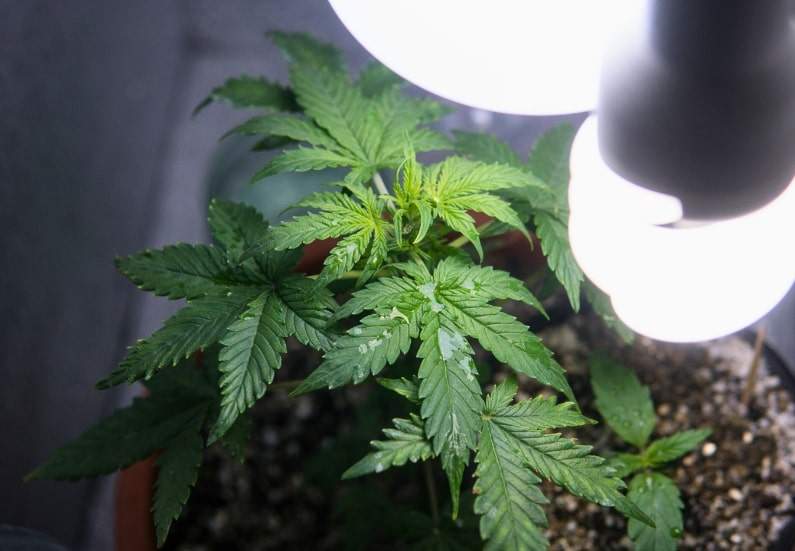
Ah, the allure of growing your cannabis indoors — there’s something magical about turning a tiny closet or spare room into a fragrant, leafy sanctuary.
Whether you’re doing it for personal use, the joy of gardening, or the challenge of creating a stealthy and efficient setup. Let’s discuss how to set up a small indoor cannabis grow room that’s functional, discreet, and, dare I say, stylish.
What Is a Small Indoor Cannabis Grow Room?
A small indoor cannabis grow room is a controlled environment — often a closet, grow tent, or makeshift cabinet — where you cultivate cannabis plants indoors. Unlike large-scale commercial operations, these small setups focus on discretion, efficiency, and personal use. Here, every inch counts, and success hinges on clever design, attention to detail, and patience.
Benefits of Growing Cannabis Indoors
Growing indoors offers year-round cultivation, complete environmental control, and better stealth. Forget worrying about the weather, pests, or nosy neighbors. Instead, you create a cozy microcosm where plants thrive under your watchful eye.
Advantages include:
- Stealth: Nobody needs to know but you.
- Consistency: Stable yields every cycle.
- Customization: Tailor light, air, and nutrients to your plants’ needs.
- Security: Minimize the risks of theft or exposure to the outdoors.
Understanding Your Grow Goals
Before you plug in a single grow light or name your first baby bud “Sticky Ricky,” it’s important—no, essential—to ask yourself: Why am I doing this? Growing cannabis indoors isn’t just a project. It’s a lifestyle, darling. And your reasons for growing will influence everything—from how many plants you nurture to what kind of setup you need.
Let’s explore the three most common grower personalities (no judgment—we’re all leaf lovers here).
The Medicinal Grower: Healing With Every Leaf
- Seeks control over medicine and ingredients.
- Needs:
- Consistent strains (high-CBD, low-THC)
- Year-round supply of medical marijuana
- Organic, pesticide-free methods
- Discretion (especially in tricky legal zones)
- Prioritizes:
- Cleanliness
- Low odor
- Stable temperatures
- No chemical shortcuts
- 🌱 Strain tip: Harlequin, ACDC, Charlotte’s Web
The Recreational Grower: Chasing Highs and Hobby Vibes
- Loves fun and experimentation.
- Wants to:
- Enjoy recreational marijuana occasionally
- Sample multiple strains
- Try techniques (like LST or topping)
- Watch plant progress (yes, it’s addictive)
- Prioritizes:
- Yield size
- Bag appeal (frosty, pretty buds)
- Variety of effects (relaxation, euphoria, creativity)
- 🌱 Strain tip: Blue Dream, Gorilla Glue, Zkittlez, Gelato
The Curious Cultivator: For the Love of Plants
- Here for the challenge, not necessarily consumption.
- Focuses on:
- Low-maintenance strains
- Learning the whole grow cycle
- Documenting the journey
- Goals: Learn, observe, maybe gift a few jars like fancy homegrown herbs
- 🌱 Strain tip: Autoflowers like Northern Lights Auto or White Widow Auto
Still Not Sure? Ask Yourself:
- Do I care more about quantity or quality?
- Am I okay with daily care, or do I want something low-maintenance?
- Do I need stealth, or can I be open?
- Am I more drawn to the final product or the growing process?
Your answers will shape everything — from your lighting to your plant count — and when space is tight, that focus makes all the difference.
Choosing the Right Space for Your Grow Room
The million-dollar question: Where the heck am I going to grow this thing?
When working with limited space—be it a studio apartment, a shared house, or a bachelor pad the size of a broom closet—you’ve got to get creative. But here’s the secret: cannabis isn’t picky. It just wants love, light, and a little ventilation. Okay, and maybe some nutrients. And total darkness at night. However, aside from that, it’s incredibly chill.
Here are your best bets for small-scale grow spots:
- Grow Tent:
If you’ve got the space (and a budget), cannabis grow tents are a godsend. They’re purpose-built for this stuff—lightproof, lined with reflective material, and easy to ventilate. They’re available in all shapes and sizes and can easily fit inside a closet or spare bathroom. - Closet (standard or walk-in):
This is a classic choice. It’s easy to convert, has doors for discretion, and is already dark when needed. Just slap some reflective Mylar on the walls, and boom—you’ve got a grow den. - Cupboard or Cabinet:
Old filing cabinets, kitchen pantries, and Ikea wardrobes can be transformed into micro-grow environments. Bonus: The stealth factor is 10/10. - Spare Bathroom:
Surprisingly viable. Tiles are moisture-proof, there’s usually a vent, and plumbing’s nearby. Just don’t forget to unplug the curling iron. - Converted Furniture (yes, people have gutted wardrobes):
Resourceful growers often repurpose old wardrobes, entertainment centers, or even large dressers into stealthy grow boxes. With some lightproofing and ventilation tweaks, they become surprisingly effective.
Tips for Choosing the Space:
- Ensure the area is near a power outlet.
- Avoid carpeted rooms, as they pose a higher risk of mold.
- Prioritize stealth and smell control if you live with others.
- Size: Match your ambitions, not your ego.
- Choose a space where you won’t be constantly disturbed—or where Aunt Margie won’t stumble in looking for a broom.
Legal Considerations
Before we go turning your laundry room into a lush jungle, check your local laws. Cannabis cultivation laws vary widely by country, state, or province. Some places allow small personal grows; others impose heavy fines. Trust me, nothing ruins the vibe like legal trouble.
Budgeting for Your Grow Room
Budgeting can make or break your dream. Small indoor cannabis grow rooms can cost from $300 to $1,500, depending on:
- Lighting
- Ventilation
- Nutrients and soil
- Seeds or clones
- Tools
Start small; you can always upgrade later.
Lighting Options for Indoor Cannabis
- LEDs: Energy-efficient, low heat, but pricier upfront.
- HPS (High-Pressure Sodium): Affordable, intense light, but hot and power-hungry.
- CFL (Compact Fluorescent Lamps): Cheap, low heat, but weak for flowering.
For most beginners, full-spectrum LEDs strike the perfect balance — they are energy-efficient, run cool, and cover all stages of plant growth.
What is the difference between LED vs. HPS grow lights? LEDs cost more upfront but save on energy and heat, while HPS lights are cheaper initially but use more power and generate more heat, often requiring extra cooling. For small indoor setups, LEDs typically prevail due to their simplicity and long-term cost savings.
Ventilation and Airflow
Plants breathe, sweat, and smell — they need fresh air and circulation. Install:
- Inline fans to pull air out.
- Oscillating fans for airflow.
- Carbon filters to control odor.
Without airflow, mold becomes your arch-nemesis.
Temperature and Humidity Control
Cannabis loves temperatures between 68–77°F (20–25°C) and 40–60% humidity. Tools you’ll need:
- Hygrometer/thermometer
- Humidifier or dehumidifier
- Small heaters or AC units, if needed
Trust me, consistency matters. The ideal indoor cannabis grow box temperature will ensure your plants thrive.
Soil vs. Hydroponics
Soil: Easier, forgiving, great for beginners.
Hydroponics: Faster growth, higher yields, but demands precision.
If you’re starting out, stick to a high-quality, organic soil.
Choosing Cannabis Strains for Indoors
Compact, fast-flowering strains like:
- Northern Lights
- Blueberry
- Critical Kush
Avoid lanky popular sativa cannabis strains in small spaces unless you enjoy wrestling with plants.
Setting Up Grow Tents or Cabinets
A grow tent offers reflectivity, ventilation ports, and easy setup. Cabinets offer stealth but often need DIY modifications.
Pro tip: Reflective walls, such as Mylar, improve light efficiency.
DIY vs. Store-Bought Systems
DIY: Cheaper, customizable, but time-consuming.
Store-bought kits: Plug-and-play, but pricier.
Choose based on your patience and skill level.
Electricity and Safety
Overloaded circuits are no joke. Use:
- Surge protectors
- Timers for lights
- Proper wiring (consult an electrician if needed)
Better safe than fried.
Watering and Nutrients
- Watering: Keep soil moist, not soaked.
- Nutrients: Begin with the basic cannabis nutrients, including nitrogen, phosphorus, and potassium.
- pH: Keep it between 6 and 7 for soil.
Overfeeding kills more plants than underfeeding. Maintain a strict watering schedule to grow strong and potent plants.
Lighting Cycles for Growth and Bloom
- Vegetative stage: 18–24 hours of light daily.
- Flowering stage: 12 hours light, 12 hours dark.
Use timers to automate indoor light cycles — plants love routine.
Training and Pruning Plants
Small space? Maximize it with:
- Low-Stress Training (LST)
- Topping and Pruning
- Screen of Green (ScrOG)
These methods enhance yield by adapting your plant to its environment.
Pest and Mold Prevention
- Inspect daily.
- Keep humidity balanced.
- Use neem oil or insecticidal soap if needed.
Cleanliness is your first defense.
Harvesting Your Cannabis
Look for:
- Amber trichomes
- Orange-brown pistils
- Fading fan leaves
Harvesting marijuana plants too early or too late results in a loss of potency or flavor.
Drying and Curing
Dry buds in the dark at ~50% humidity for 7–10 days. Then cure in glass jars for 2–4 weeks, opening daily to release moisture.
The drying and curing process is where the magic—smooth smoke and rich aroma—happens.
Storing Your Cannabis
Properly store marijuana away from heat and light. No plastic bags — they degrade the quality.
Common Mistakes to Avoid
- Overwatering
- Poor ventilation
- Using the wrong light cycle
- Ignoring pH
Learn from others’ common indoor growing missteps to save time and money.
Scaling Up Later
Once you’ve mastered small grows, you can scale up to larger tents or multiple rooms. But start small and master the basics first.
Energy Efficiency Tips
- Use LED lights.
- Seal your grow space.
- Optimize ventilation.
Lower bills, greener conscience.
Tools and Accessories You Need
- pH meter
- Pruning shears
- Timers
- Magnifying loupe
These gadgets make life easier.
Monitoring and Automation
Consider:
- Smart plugs
- Environmental controllers
- Automated watering systems
It’s like having a personal assistant for your plants.
Legal and Safe Disposal of Waste
Dispose of plant waste responsibly — compost if legal or follow local disposal laws. Never dump nutrient-rich runoff into drains.
Final Checklist Before Starting
- Space prepped?
- Equipment set up?
- Seeds or clones ready?
- Safety checks done?
Good — you’re ready to grow!
FAQs
How long does it take to grow cannabis indoors?
Typically, 3–5 months from seed to harvest.
How many plants can I grow in a small space?
Usually 1–4 plants, depending on the setup.
Do I need CO₂ enrichment?
Not for small grows; good airflow suffices.
Can I use regular house lights?
No — cannabis needs intense, full-spectrum light.
What’s the easiest strain for beginners?
Northern Lights is a forgiving, compact, and high-yielding strain.
Is smell control really necessary?
Yes, especially if discretion is a concern — use carbon filters.
Conclusion: Growing Cannabis in a Small Indoor Space
Setting up a small indoor cannabis grow room is both an art and a science. With care, attention, and a bit of humor, you can cultivate a rewarding, sustainable hobby.
Remember: start small, stay within the law, and embrace the learning curve.
I got to run: it’s almost 4:20!
More Weed Growing Guides
Understanding Light Cycles for Growing Marijuana
Growing marijuana isn’t just about water, soil, and seeds—it’s about rhythm. Light rhythms, to be…
How to Increase Marijuana Plant Yields: 10 Simple Tips
There comes a time in every grower’s life when they look at their cannabis plants and…
Ideal Humidity for Indoor Cannabis: Maximize Growth & Prevent Mold
There’s something about growing cannabis indoors that makes you feel like a mad…
Best Temperature for Growing Weed Indoors: Beginner’s Guide
Growing cannabis indoors is an art and a science. The right temperature can mean the difference…
Marijuana Plant Pest Control: Prevention and Management
Cannabis cultivation is a thrilling adventure—right up until the moment you notice tiny, unwelcome…
You May Also Like
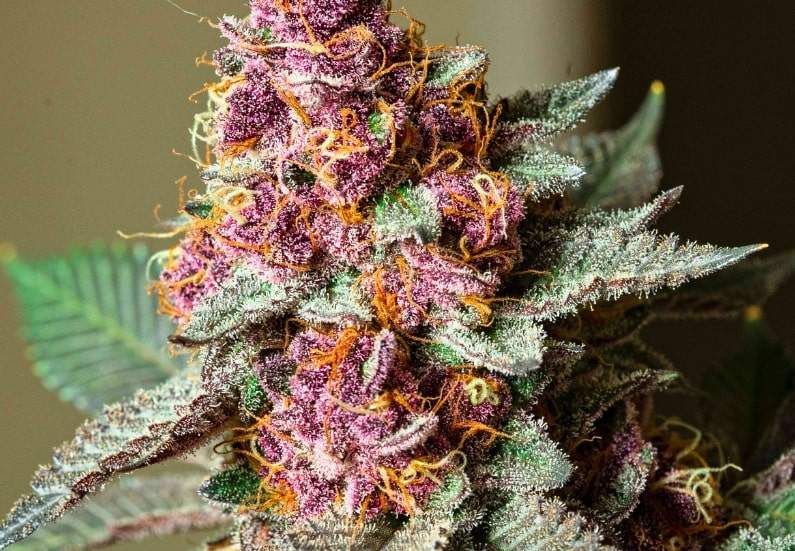
Top 10 High-Yield Cannabis Strains for Growers That Will Blow Your Mind
Growing cannabis is as much an art as it is a science. Every grower wants the same thing…
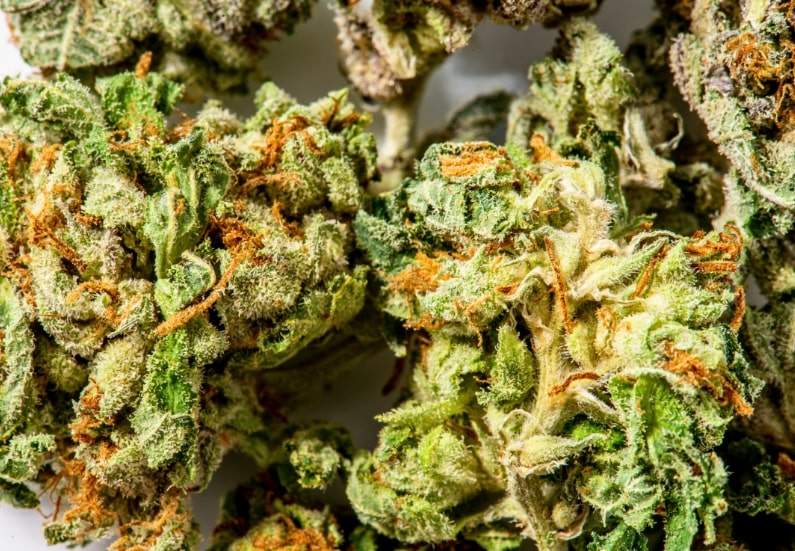
Top 10 Low-Maintenance Cannabis Strains to Grow Indoors
The world of indoor cannabis growing is a place where you can coax leafy green…
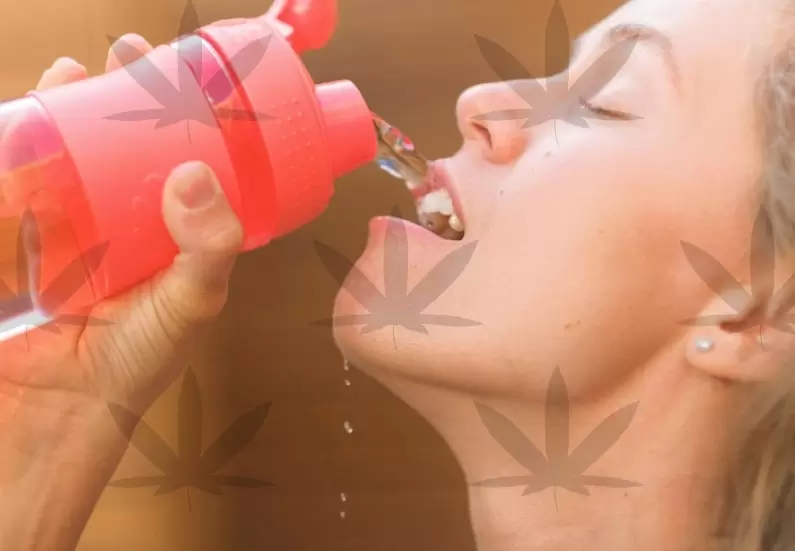
10 Proven Ways to Cure Cotton Mouth When Smoking Marijuana (And Fix It Fast)
Have you ever taken a puff and suddenly felt like your tongue just walked through the…
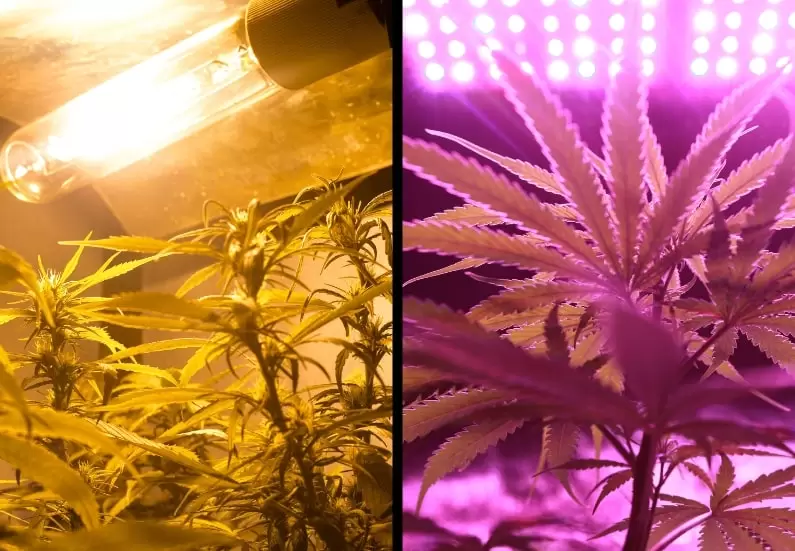
LED vs. HPS Grow Lights: What’s Best for Growing Indoor Cannabis?
So, there I was, face-to-face with my cannabis plants, trying to decode their droopy leaves like a…
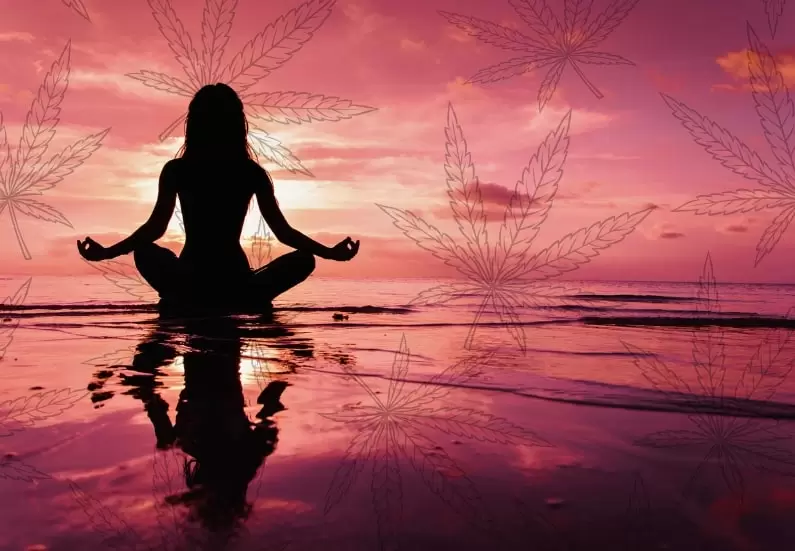
How to Smoke Weed and Meditate: 7 Surprising Steps to a Higher State of Mind
There’s something paradoxically hilarious about trying to sit still and clear your mind while…
Most Recent Posts

Top 10 High-Yield Cannabis Strains for Growers That Will Blow Your Mind
Growing cannabis is as much an art as it is a science. Every grower wants the same thing…

Top 10 Low-Maintenance Cannabis Strains to Grow Indoors
The world of indoor cannabis growing is a place where you can coax leafy green…
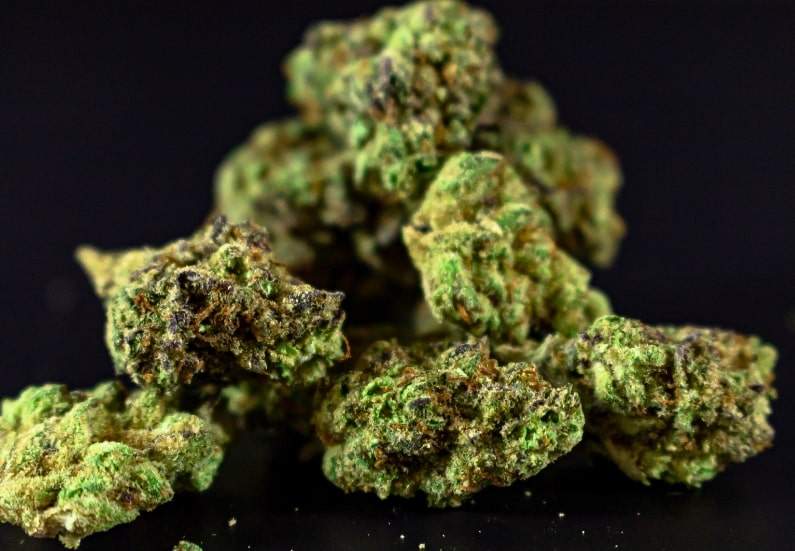
Top 10 Most Popular Hybrid Cannabis Strains (With Effects & Flavor Notes)
If cannabis were a cast of characters in a Broadway play, Indica would be lounging in a velvet…

10 Proven Ways to Cure Cotton Mouth When Smoking Marijuana (And Fix It Fast)
Have you ever taken a puff and suddenly felt like your tongue just walked through the…

LED vs. HPS Grow Lights: What’s Best for Growing Indoor Cannabis?
So, there I was, face-to-face with my cannabis plants, trying to decode their droopy leaves like a…



